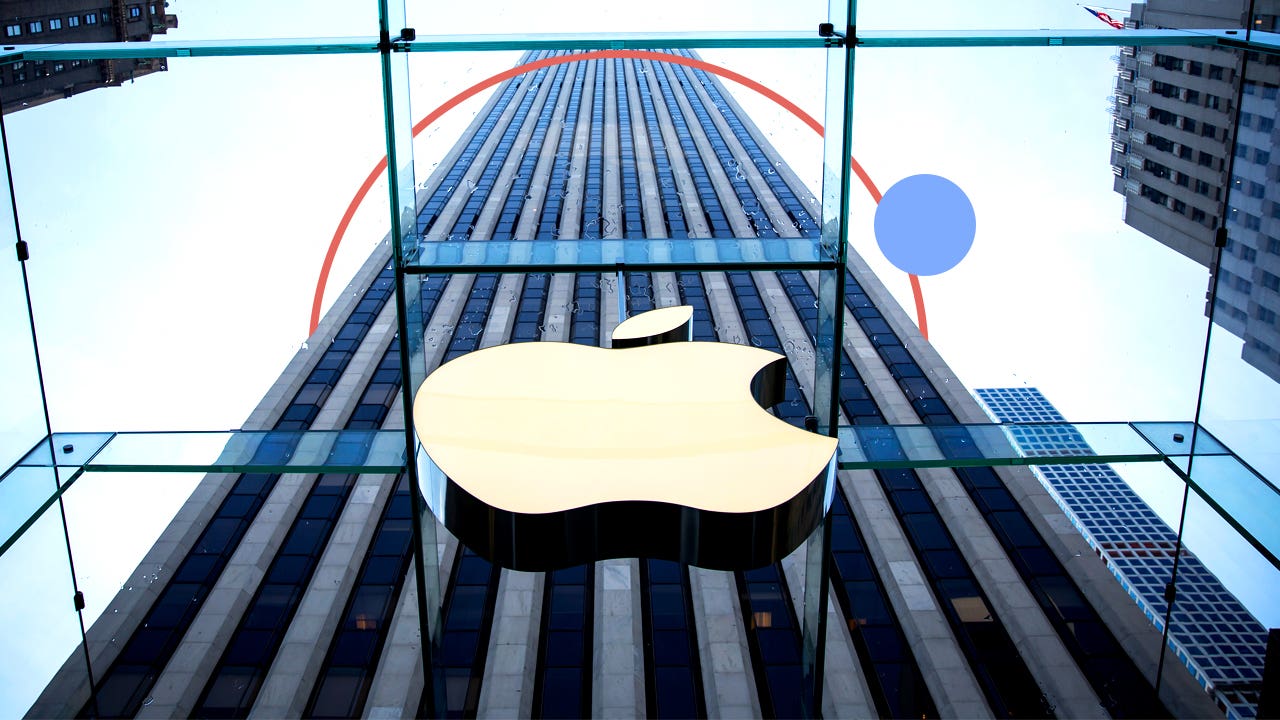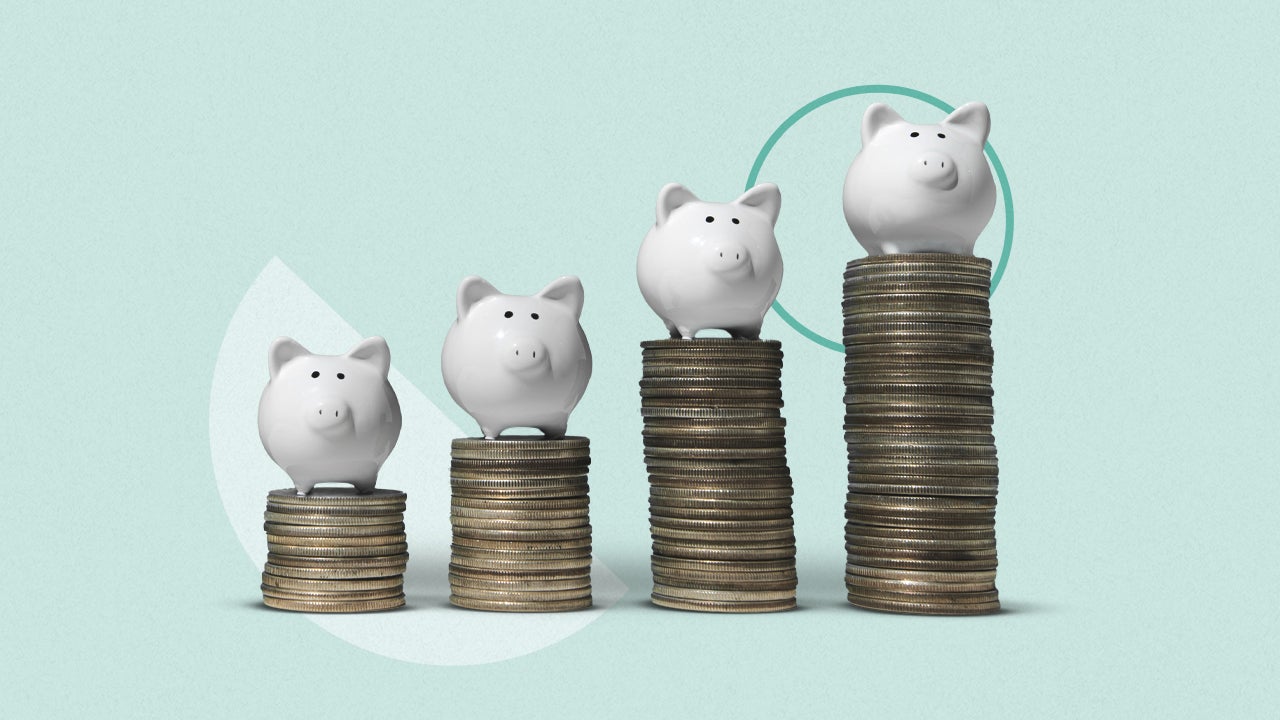Apple just unveiled a new high-yield savings account — here’s how it stacks up against competitors

Apple’s announcement of its new savings product has created a buzz in the financial world. Apple Card users can now opt for a savings account, provided by Goldman Sachs, which currently comes with a high 4.15 percent APY, making it an attractive option for savers.
The savings account release comes four years after Apple and Goldman Sachs first partnered to make the Apple Card, a cash-back credit card, in 2019. Here’s how the account works and how it compares to other savings accounts.
How the account works
The Apple Savings account is available to Apple Card users and is accessible through the Apple Wallet. It has no monthly fees and no minimum requirement to open the account or earn the APY. There is, however, a maximum balance limit of $250,000.
Once Apple Card users set up the Savings account from their Wallet, they can opt to have Daily Cash automatically deposited into the account. Daily Cash is a cash-back feature that earns cardholders back a percentage of purchases made with the Apple Card.
The account is provided by Goldman Sachs, so all funds in the account are insured by the Federal Deposit Insurance Corp. (FDIC).
While money can be transferred into the savings account from a linked bank account or from Apple Cash, the account does not allow for cash deposits. For Apple Cash transfers, there’s a limit of $20,000 that can be made in transfers per 7-day period, and Apple Cash transfers must be between $1 and $10,000. The limit does not apply when transferring to or from a linked external account.
The account can only have one owner, meaning joint account ownership is not possible.
How does Apple’s Savings compare to top savings accounts?
Apple’s Savings account earns a highly competitive rate. The national average APY for savings accounts is 0.26 percent, according to Bankrate’s weekly survey of banks, making the Apple Savings account rate of 4.15 percent APY over 15 times more than the average.
For those seeking out the highest possible savings rates, there are some online accounts offering somewhat higher rates. UFB Direct, CIT Bank and Bask Bank are among the banks currently offering APYs of over 4.50 percent on their savings products. Still, Apple’s Savings rate is higher than what most banks are offering, and it’s especially higher than the rates offered by large, traditional banks.
The Apple Savings account has no minimum balance requirement to meet the APY, unlike some other top-yielding accounts. Bread Financial, for example, requires $100 to open its savings account and earn interest, while CIT Bank’s top savings rate requires at least $5,000 to earn interest.
Notably, although the Apple Savings account is provided by Goldman Sachs, its rate is higher than that of the Marcus by Goldman Sachs Online Savings account. The Marcus account comes with a 3.90 percent APY, as of this writing — 25 percentage points lower than the Apple Savings rate.
Another difference between the Apple account and Marcus’ Online Savings account is maximum balance limits. While the maximum for Marcus’ account is $1 million per savings account, the Apple Savings account caps balances at $250,000. Neither account has a minimum deposit requirement or monthly fees, however.
Finally, while Marcus savings customers can transfer up to $100,000 to or from other banks per day, there are no specific limitations on transfers between Apple Savings and linked external bank accounts. However, transfers between the Apple Savings account and Apple Cash are limited to $20,000 per week.
Here’s a summary of the differences between the two Goldman Sachs-provided savings products.
| Apple’s Savings | Marcus by Goldman Sachs’ Online Savings | |
|---|---|---|
| APY | 4.15% APY | 3.90% APY |
| Maximum balance limit | $250,000 | $1 million |
| Transfer limit | $20,000 per week if transferring between Apple Cash; no specified limits for transfers between external linked accounts | $100,000 per day |
| Account ownership | Only one owner allowed | Single or joint ownership allowed |
Given that the Apple Savings account comes with stricter limits, it may be best for consumers looking to earn a high APY on a portion of their total savings or those with savings of $250,000 or less who don’t need to make large transfers. Note that the account is only available for Apple Card users.






